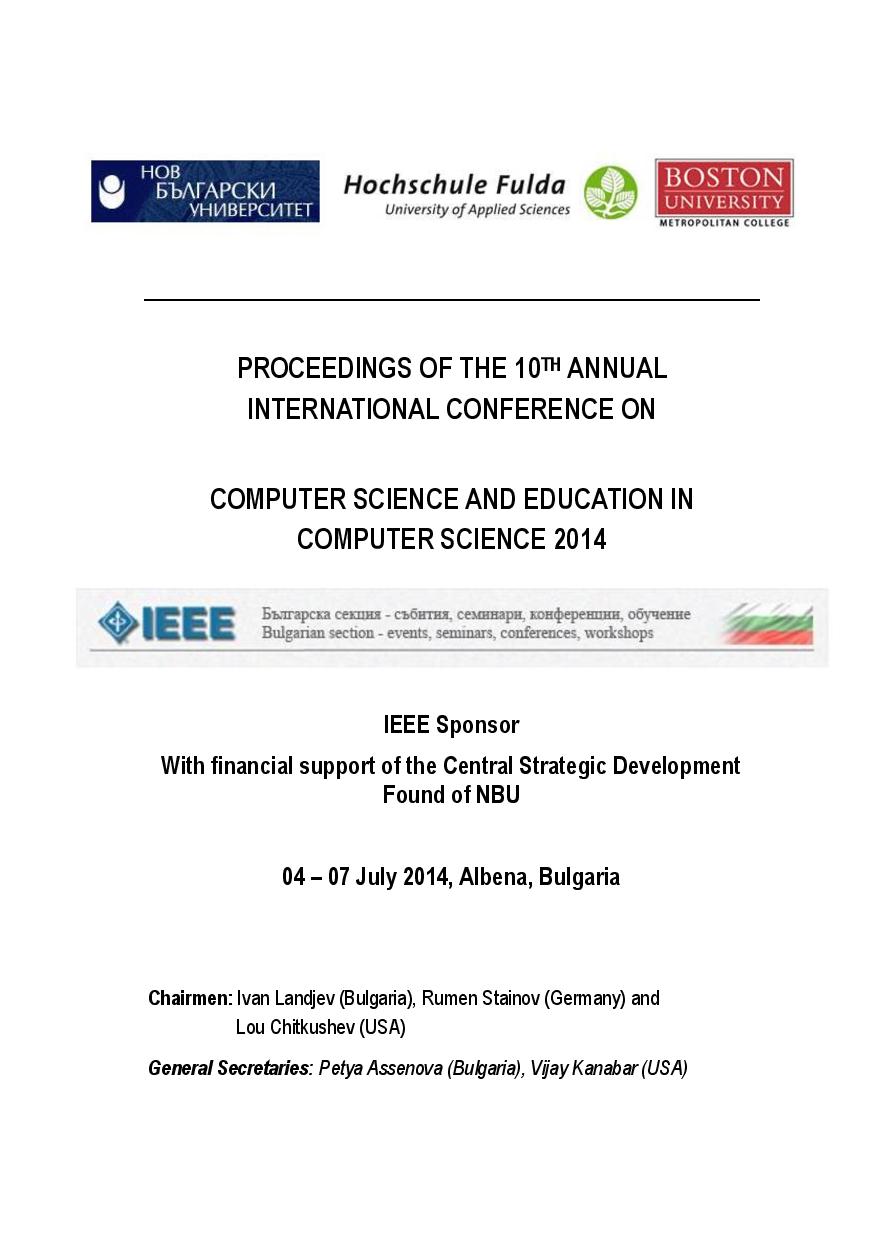Disruptive Practices of Participatory Learning
Disruptive Practices of Participatory Learning
Author(s): Ludmil Duridanov, Simeon SimoffSubject(s): Higher Education , ICT Information and Communications Technologies
Published by: Нов български университет
Keywords: Participatory Learning; Body Language; Digital Natives; Digital Immigrants; Web 2.0; Network Society; Spontaneous Protocol;
Summary/Abstract: In the last decade students of the so-called App generation committed a “positive disruption” on existing practices of cognitive experience and the ways to access knowledge. Developing a natural feeling of reality through a permanent online presence they are using a variety of web tools and mobile apps in a NETWORK SOCIETY (under construction). In the introduction we show how a paradigm shift from INSTRUCTOR-CENTERED TEACHING to a STUDENT-BASED PARTICIPATORY LEARNING occurs within a variety of “disruptive practices” imposed by the requirements of global market interaction on education models. In this paper we focus especially on how DISRUPTIVE EXPERIENCE of so-called DIGITAL NATIVES could be followed within dynamic in-class scenarios. A social and cognitive phenomenon of “disrupting ourselves” will be approached here in the following ways. On the one side it highlights radical changes of natural communication of the App generation and their impact on educational models. On the other side it emphasizes how educators could simulate a close-to-market professional ambience to follow available SPONTANEOUS PROTOCOLS of multichannel communication. The learning advantage extracted by instructor’s SPONTANEOUS PROTOCOL (mostly as a DIGITAL IMMIGRANT) evolves student requirements (mostly as a DIGITAL NATIVE) on demand and is based on responding to nonverbal signals of so-called DIGITAL NATIVES. This way we have a SPONTANEOUS SETTING of disruptive practices within participatory learning: FIRST, instructor (mostly a DIGITAL IMMIGRANT) acknowledges an appropriate place and time to various roles interacting with DIGITAL NATIVES by using a SPONTANEOUS PROTOCOL as a communication instrument to respond to “secret signals” of students body language in-class and to introduce “theatre scenarios” within synchronous (face-to-face one-to-many and one-to-one, and distanced) and asynchronous (distanced) interaction. SECOND, instructor “disrupts” one’s own cognitive experience resp. know-how and reshapes segments of knowledge into SOCIAL CONSTRAINTS of attractive learning procedures which evolve DIGITAL NATIVES in the dynamic following of a SPONTANEOUS IN-CLASS PROTOCOL. THIRD, educator “disrupts” both instructor and student in-class roles where the acknowledged shift from teaching to learning (since 1995) transforms educational interaction between instructors and students from ONE-TO-MANY to ONE-TO-ONE and/or MANY-TO-MANY in face-to-face and distanced communication scenarios. The instructor uses a SEDUCTIVE STRATEGY to engage students in playing instructor’s roles within a game of interchangeable teaching and learning.
Journal: Computer Science and Education in Computer Science
- Issue Year: 10/2014
- Issue No: 1
- Page Range: 287-306
- Page Count: 20
- Language: English

